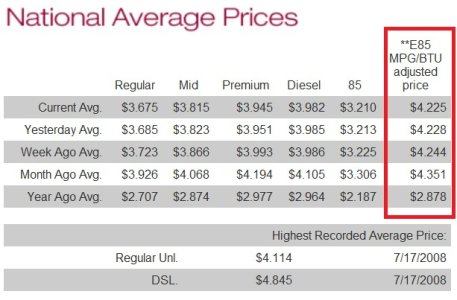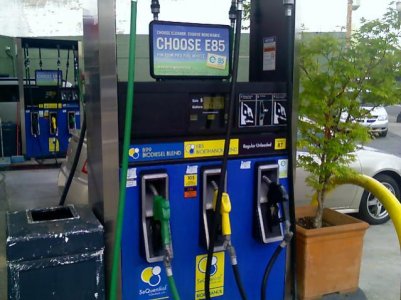goforit
TSP Strategist
- Reaction score
- 9
exactly give us choices. and from 7-8 billion bushels to 12-13 billion bushels is called demand. therefore driving up cost of corn. not saying there is a shortage of corn but saying the demand has drove up the value. yes it did help with not subsidizing the farmers which is a good thing. i am saying the exploration with other natural materials for ethanol would be a better fit because the amount of ethanol produced from corn is far less then the few you mentioned. algea and switch grass comes to mind. the problem there is the cost to get ethonal from these renewable resources is high because the technoligy has not caught up. therefore gov moneys from the farmers old subsidies should(if not already) go to the developement of such things. maybe we need to look at the Koreans model. if we had more choices there would be less stress on the oil usage. thats all i have to say about that.


